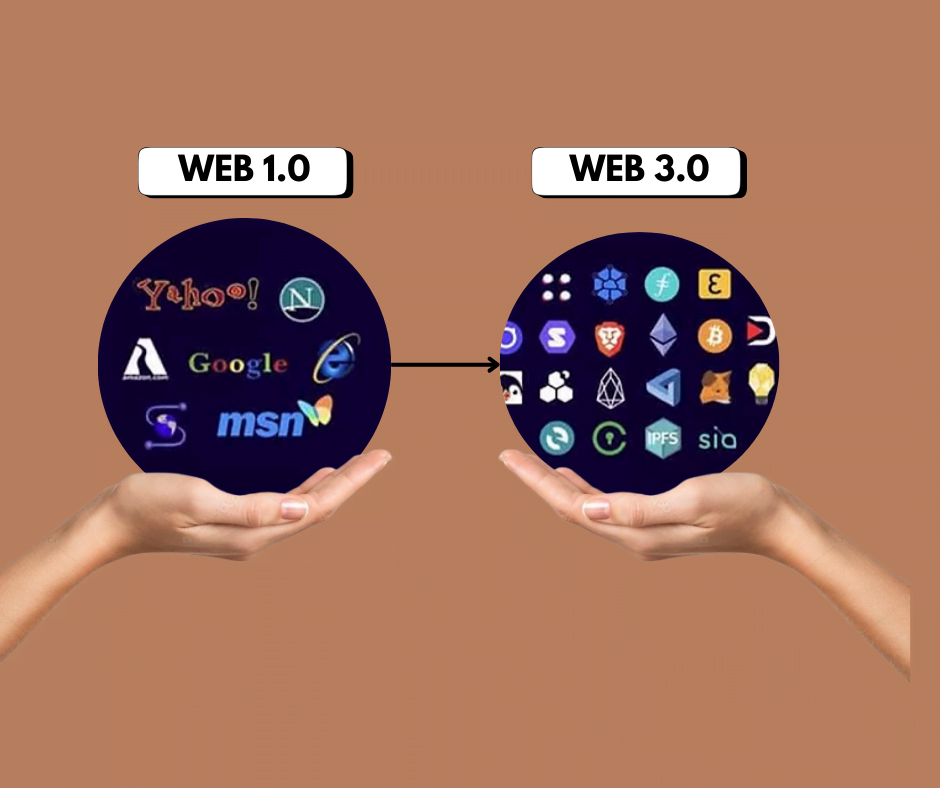Basic 7 steps of System Development Life Cycle
The literal meaning of the term systems analysis is process analysis. We are constantly faced with various problems in doing a task and analysis is needed to determine. Analysis is needed to determine what methods or procedures should be adopted to solve any problems. To properly carry out or manage a task, various techniques are […]









